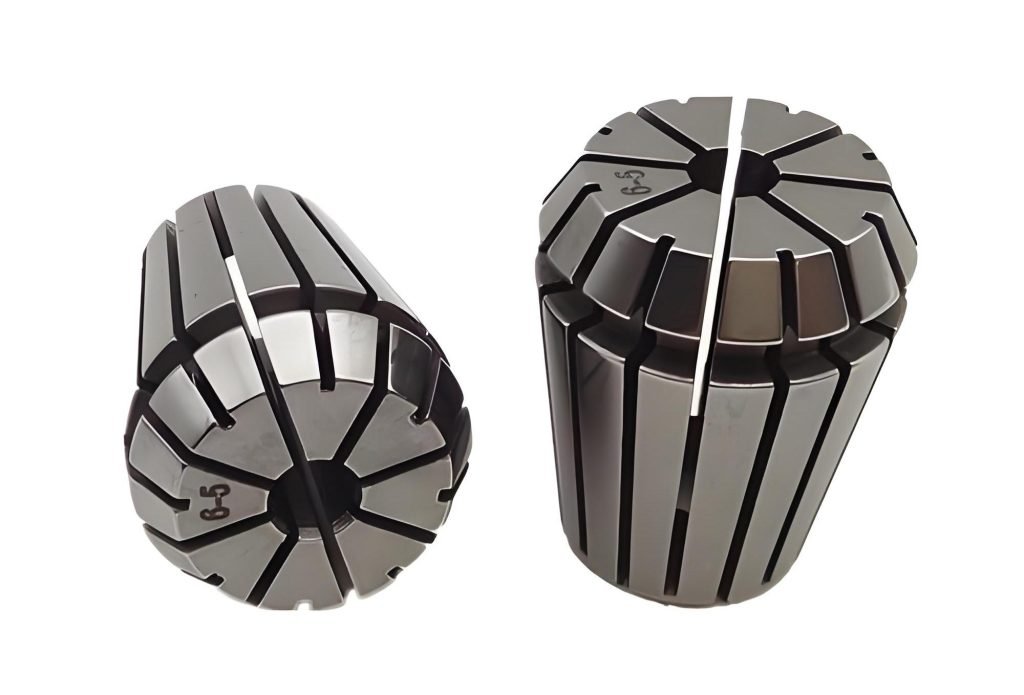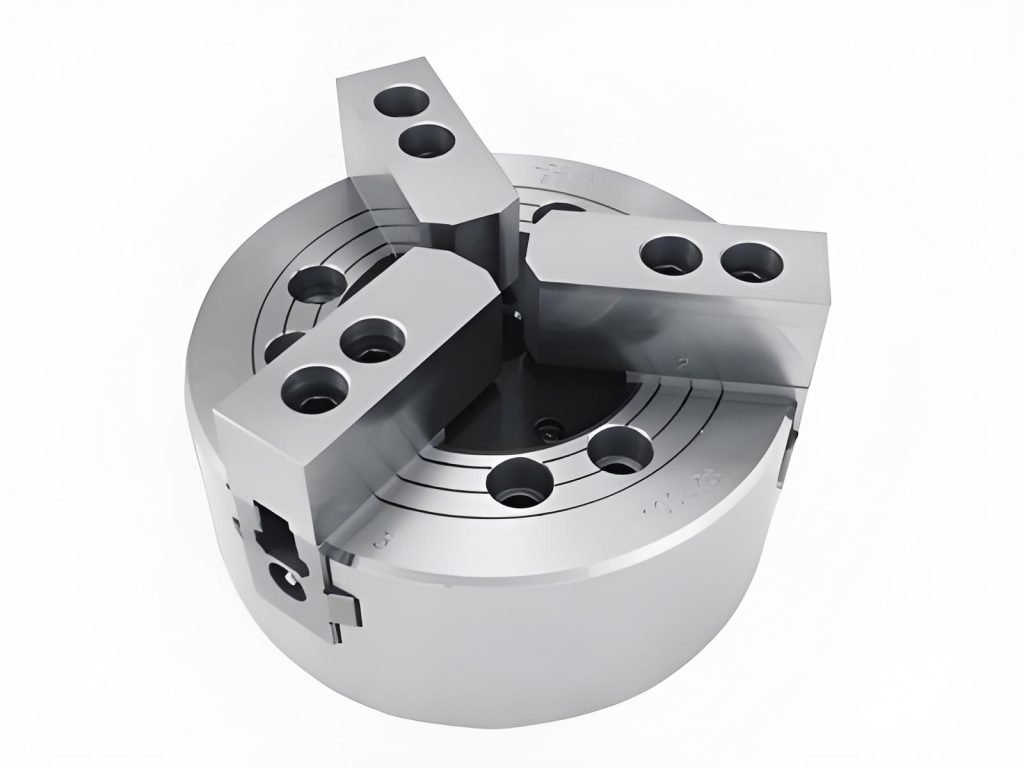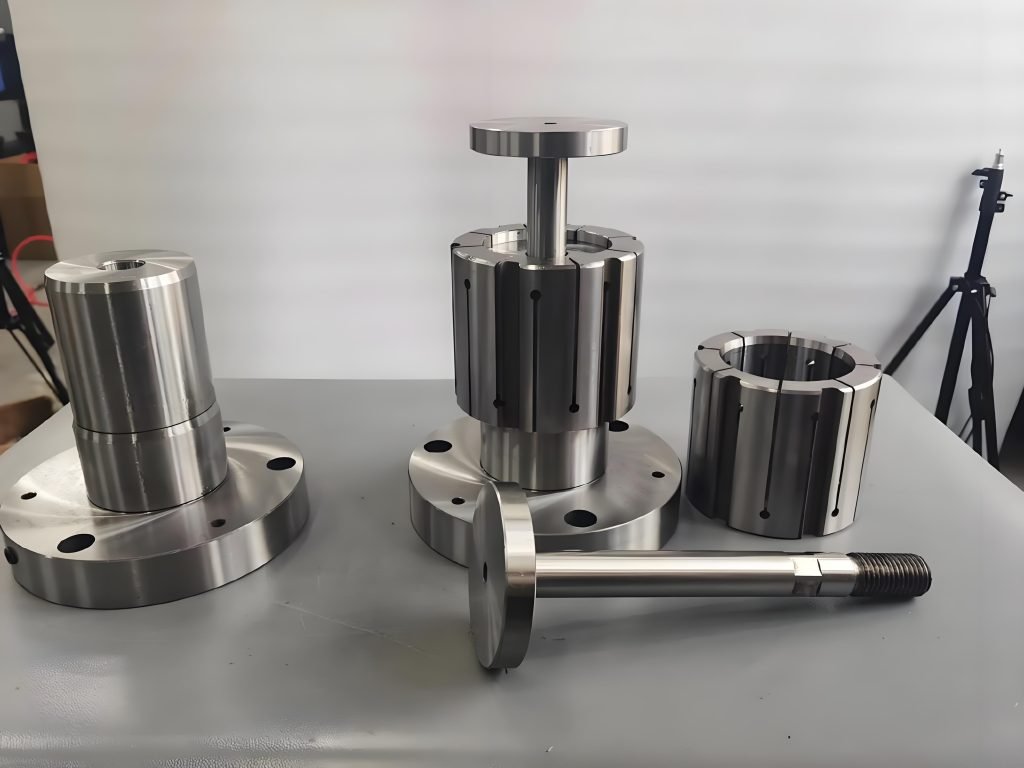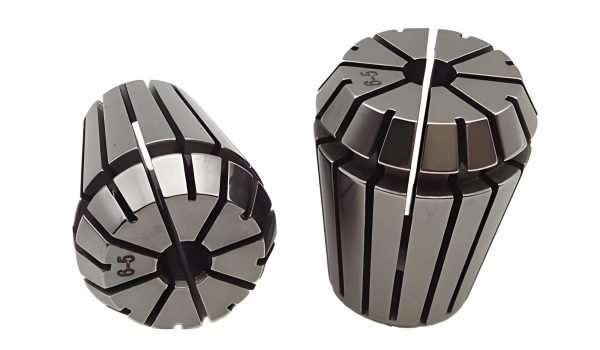Milling and hydraulic chucks are precision tool holders typically used in CNC machining. However, they vary significantly in their rigidity and ease of operation. If you work in the medical or aerospace industry, performing tasks like machining and finish milling, you should be aware of the differences. This article is your complete guide to milling chuck vs hydraulic chuck so you can use them efficiently. Continue reading!
What is a Milling Chuck?

Typically, milling chucks are used in milling machines to securely hold cutting tools like end mills. They have incredible rigidity, fine gripping force, and a longer gauge length. In addition, they have a simple twist-to-lock operation that makes them ideal for general-purpose tasks. Know that the bigger the milling chuck, the greater the clamping force.
What is a Hydraulic Chuck?

Hydraulic chucks are a type of spindle tooling that is also part of CNC machines. However, it uses hydraulic pressure for functioning and holding tools.
Two concentric cylinders with air expansion shafts are sealed on both ends and form a cylindrical cavity. One of the cylinders is then filled with hydraulic oil, and a certain pressure is applied to every part of the chamber.
The outer wall of these cylinders is thin, so it expands outward when subjected to pressure. The result is the external diameter clamping and internal hole clamping, which ensure the workpiece is held tightly. Overall, hydraulic chucks are convenient and prevent tool breakage. That’s why the global hydraulic chuck market is growing and is projected to reach USD 0.44 billion by 2033.
Here’s an overview of the types of hydraulic chucks:
- Short and Rigid Chucks: Suitable for heavy-duty applications as they have the ability to clamp from 1 mm to up to 32 mm.
- Slim Chucks: Work in nominal diameter clamping.
- Ultra-Short Chucks: Made to be used with extra-length drills.
Milling Chuck Vs Hydraulic Chuck: Key Differences
Now that you are aware of the basics of both tool holders, here’s an overview of the key differences between a milling chuck vs hydraulic chuck:
Rigidity
- Milling Chuck: Milling chucks are generally more rigid than hydraulic chucks. The expensive, heavy-duty models are specially designed for good gripping force and strength. This makes them suitable for roughing and heavy milling operations.
- Hydraulic Chuck: In a milling chuck vs hydraulic chuck, the latter is also rigid, but it’s less than the CNC milling chucks.
Clamping Force
- Milling Chuck: Milling chucks usually utilize a bearing nut or a series of needles to apply a strong clamping force to the tool shank. However, in a milling chuck vs hydraulic chuck, they have a comparatively moderate clamping force.
- Hydraulic Chuck: On the other hand, hydraulic chucks use hydraulic pressure to boost a high clamping force. Their force ranges from 2,500 N (562 lb-f) up to 142.1 kN (31,945 lb-f). However, it can vary depending on the size and model of the chuck. In addition, the clamping is uniform and vibration-absorbing, which significantly improves tool life.
Ease of Use
- Milling Chuck: In a milling chuck vs hydraulic chuck, the former isn’t that easy to use. You often need a spanner or torque wrench for manual tightening. But that’s not all; the tool changes are also slower and require careful torque adjustment to avoid tool damage.
- Hydraulic Chuck: When it comes to usage, hydraulic chucks are much easier to operate. You have to simply insert the tool and tighten a single screw, and the rest will be done by the chuck. It’s more suitable when you are dealing with multiple tools and need quicker changes.
Applications
- Milling Chuck: Milling chucks are for applications such as heavy-duty machining, roughing, and slotting, where a high grip is needed.
- Hydraulic Chuck: Hydraulic chucks in a milling chuck vs hydraulic chuck are ideal for high precision applications such as finishing, reaming, drilling, and tapping.
How to Choose the Right Option?

Choosing the right option between a milling chuck vs hydraulic chuck can be quite a hassle if you aren’t aware of the considerations before investing in the tool holder. To help you in this regard, here’s a brief guide:
- Understand Your Needs: First things first, you should focus on the project’s needs. For instance, if it’s a rough and high-torque operation, you should invest in a milling chuck. But for precision tasks like fine milling and finishing, opt for a hydraulic chuck.
- Type of Material: To avoid damage, make sure the chuck you choose can handle the type of material you are working with, whether hard (cast iron) or brittle (aluminum).
- Tool Holder Compatibility: Know that different types of chucks are made to work with specific tool holders. So, you must pick a chuck that’s compatible with your tool set. Double-check all specifications and dimensions before purchasing.
- Speed and Feed: Tool holders respond differently at various spindle speeds and feed rates. So, if you have a high-speed application, you should pick chucks with high-vibration damping, such as hydraulic chucks. Milling chucks are more suitable for tasks with slower speeds and good force.
FAQs
Can milling and hydraulic chucks be used on the same CNC machine?
Yes, both milling and hydraulic chucks can be used on the same CNC machine as long as they are compatible with the machine’s spindle type and other components.
Which chuck provides a better surface finish in a milling vs hydraulic chuck?
A hydraulic chuck usually provides a better surface finish due to its low runout and high vibration-damping capabilities.
What type of tools are used with a milling chuck?
End mills, shell mills, taps, and reamers are among the tools commonly used with a milling chuck.
Do hydraulic chucks reduce tool wear?
Yes, hydraulic chucks reduce tool wear by absorbing vibrations and improving overall finishing, so you don’t have to tend to frequent tool replacement.
Conclusion
In a milling chuck vs hydraulic chuck comparison, which one to choose clearly depends upon the task at hand, the material, and the tools you are dealing with. However, if you are an aerospace or automotive business looking for reliable chucks for your applications, we have you covered. Visit us today to explore our CNC machining and milling, as well as hydraulic fixture manufacturing capabilities!




